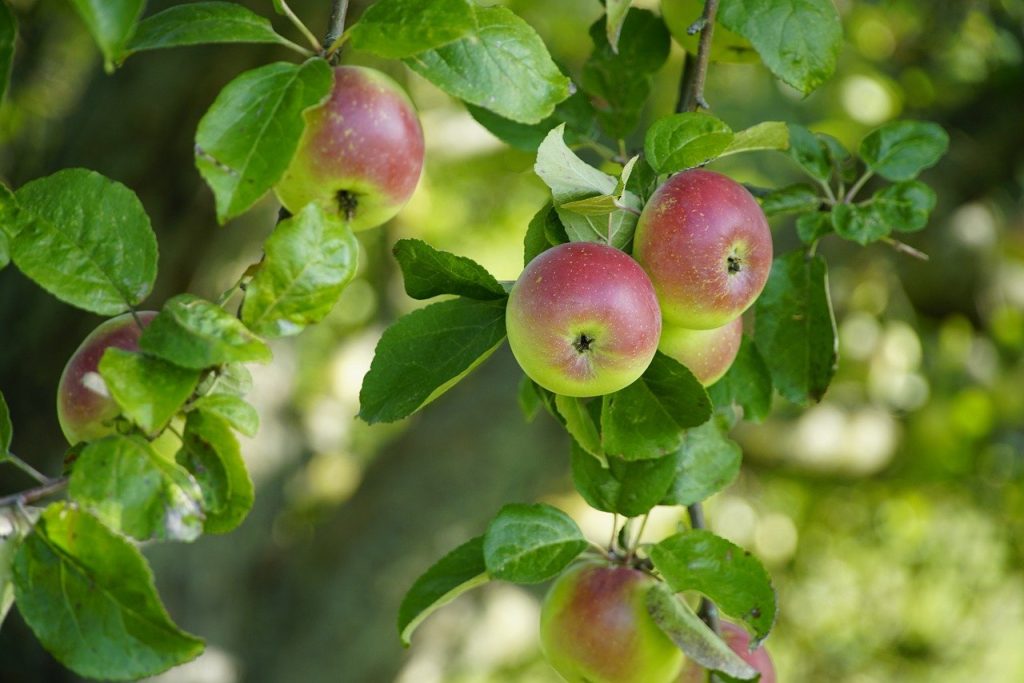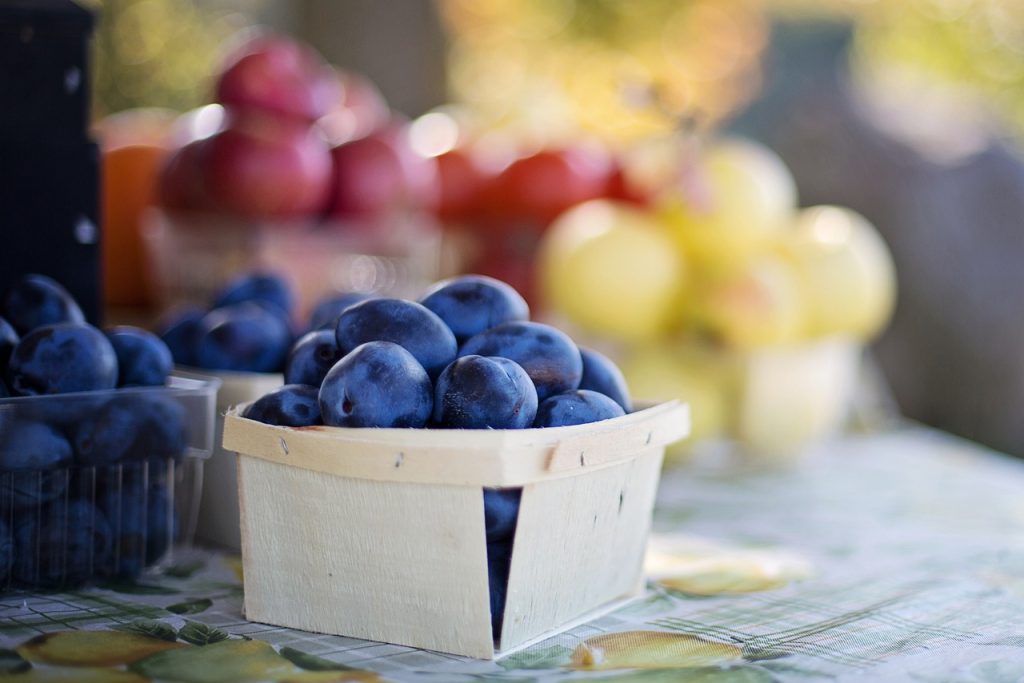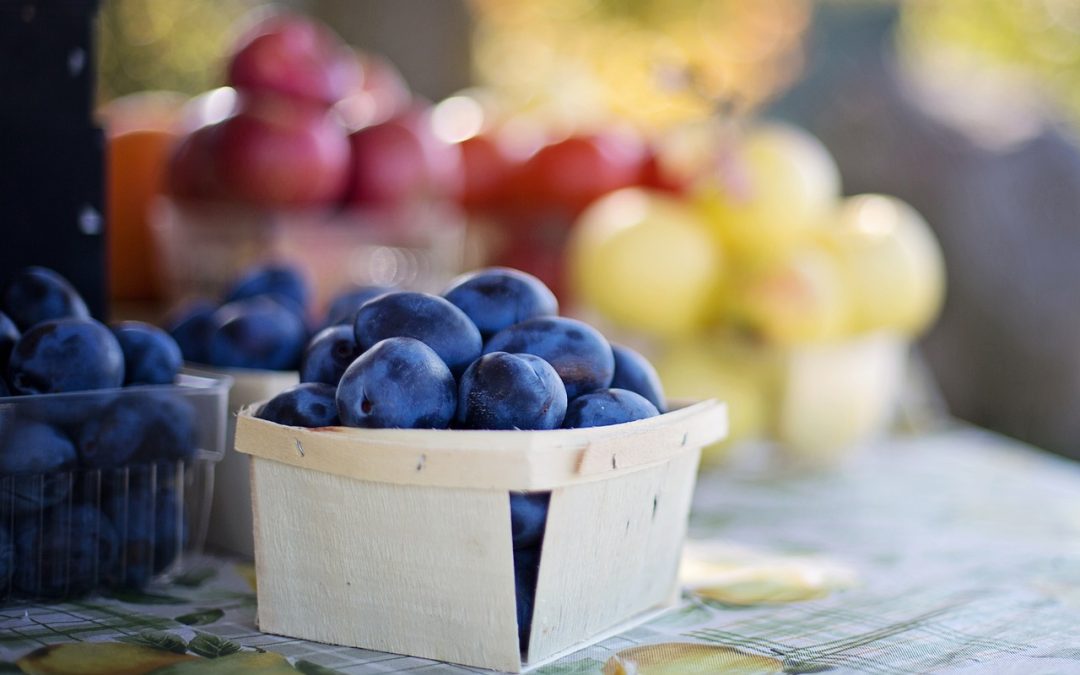Why Choose Live Whole Foods for Cooking?
When it comes to nutrition, incorporating live whole foods into your diet can have a significant impact on your health and well-being. These foods are in their natural state, unprocessed, and full of essential nutrients that are often lost in cooking and processing. By cooking with live whole foods, you can ensure that you are getting the maximum nutritional benefit from your meals.
What are Live Whole Foods?
Live whole foods are foods that are in their natural, unprocessed state. This means that they have not been refined, cooked, or altered in any way that would strip them of their natural nutrients. Examples of live whole foods include fresh fruits and vegetables, whole grains, nuts, seeds, and legumes. These foods are packed with essential vitamins, minerals, antioxidants, and fiber that are vital for optimal health.
Benefits of Cooking with Live Whole Foods
Cooking with live whole foods allows you to retain the maximum nutritional value of these foods. When you cook with fresh, unprocessed ingredients, you are preserving their natural vitamins, minerals, and antioxidants. By incorporating these foods into your meals, you are providing your body with the essential nutrients it needs to thrive.
Easy Tips for Cooking with Live Whole Foods
-
Choose Fresh Ingredients: When cooking with live whole foods, opt for fresh, seasonal produce whenever possible. Fresh fruits and vegetables are at their peak nutritional value when they are in season.
-
Minimize Processing: Keep processing to a minimum when cooking with live whole foods. Avoid overcooking or adding excessive amounts of oil, salt, or sugar to your dishes.
-
Experiment with Flavors: Get creative with your meals by experimenting with different herbs, spices, and seasoning blends. This will add variety to your dishes and enhance the flavors of your live whole foods.

Incorporating Live Whole Foods into Your Diet
It can be easy to incorporate live whole foods into your diet with a little planning and preparation. By making a few simple swaps and additions to your meals, you can elevate the nutritional content of your diet and experience the benefits of live whole food nutrition.
Breakfast Ideas
Start your day off right with a nutritious breakfast that includes live whole foods. Here are some simple breakfast ideas that you can try:
-
Overnight Oats: Combine rolled oats, chia seeds, almond milk, and fresh berries in a mason jar. Let it sit overnight in the refrigerator, and enjoy a delicious and nutritious breakfast in the morning.
-
Smoothie Bowl: Blend fresh fruits, leafy greens, and plant-based protein powder together to create a thick and creamy smoothie bowl. Top it with granola, nuts, and seeds for added crunch and texture.
Lunch and Dinner Recipes
For lunch and dinner, incorporate a variety of live whole foods into your meals to ensure that you are getting a well-rounded nutritional intake. Here are some easy recipes to try:
-
Quinoa Salad: Cook quinoa according to package instructions and let it cool. Mix in chopped vegetables, fresh herbs, and a lemon vinaigrette dressing. Top it with grilled chicken or tofu for added protein.
-
Stuffed Bell Peppers: Cut bell peppers in half and remove the seeds. Fill them with a mixture of cooked lentils, brown rice, diced tomatoes, and spices. Bake until the peppers are tender and serve with a side salad.
Snack Ideas
Keep your energy levels up throughout the day with nutritious snacks that are rich in live whole foods. Here are some snack ideas to try:
-
Fresh Fruit: Enjoy a variety of fresh fruits such as apples, bananas, oranges, and berries. Pair them with a handful of nuts or seeds for a satisfying snack.
-
Vegetable Sticks with Hummus: Cut up raw vegetables like carrots, cucumbers, and bell peppers. Dip them in hummus for a delicious and nutritious snack that is packed with fiber and protein.
Shopping and Storing Live Whole Foods
When cooking with live whole foods, it is important to know how to shop for and store these ingredients properly. By following these tips, you can ensure that your live whole foods stay fresh and retain their nutritional value.
Shopping Tips
-
Buy Fresh Produce: When shopping for live whole foods, choose fresh, ripe produce that is in season. This will ensure that you are getting the maximum nutritional benefit from your ingredients.
-
Read Labels: When purchasing packaged live whole foods, be sure to read the labels carefully. Look for ingredients that are minimally processed and free of additives, preservatives, and artificial flavors.
Storing Tips
-
Refrigerate Properly: Store fresh fruits and vegetables in the refrigerator to maintain their freshness. Keep them in the crisper drawer or in airtight containers to prevent them from spoiling.
-
Freeze for Longevity: If you have excess produce that you cannot use right away, consider freezing them for later use. Vegetables can be blanched and frozen, while fruits can be frozen for use in smoothies or baked goods.

Nutritional Benefits of Live Whole Foods
Live whole foods are packed with essential nutrients that are vital for overall health and well-being. By cooking with these ingredients, you can experience a wide range of nutritional benefits that will support your body and mind.
Fruits and Vegetables
Fruits and vegetables are rich in vitamins, minerals, antioxidants, and fiber that are essential for optimal health. By incorporating a variety of colorful fruits and vegetables into your meals, you can boost your immune system, improve digestion, and protect against chronic diseases.
Whole Grains
Whole grains such as quinoa, brown rice, oats, and barley are excellent sources of complex carbohydrates, fiber, and essential nutrients. They provide sustained energy, promote satiety, and support healthy digestion.
Nuts and Seeds
Nuts and seeds are high in healthy fats, protein, vitamins, and minerals that are essential for overall health. They can help reduce inflammation, support heart health, and improve brain function.
Legumes
Legumes like chickpeas, lentils, and black beans are rich in protein, fiber, and micronutrients that are essential for muscle growth, digestion, and energy production. They are also low in fat and cholesterol, making them a heart-healthy choice.
Conclusion
Incorporating live whole foods into your diet is a simple and effective way to improve your nutritional intake and support your overall health. By choosing fresh, unprocessed ingredients and cooking with care, you can enjoy the numerous benefits of live whole food nutrition. Start experimenting with new recipes and ingredients to experience the flavorful and healthful benefits of cooking with live whole foods. Your body will thank you for it!






